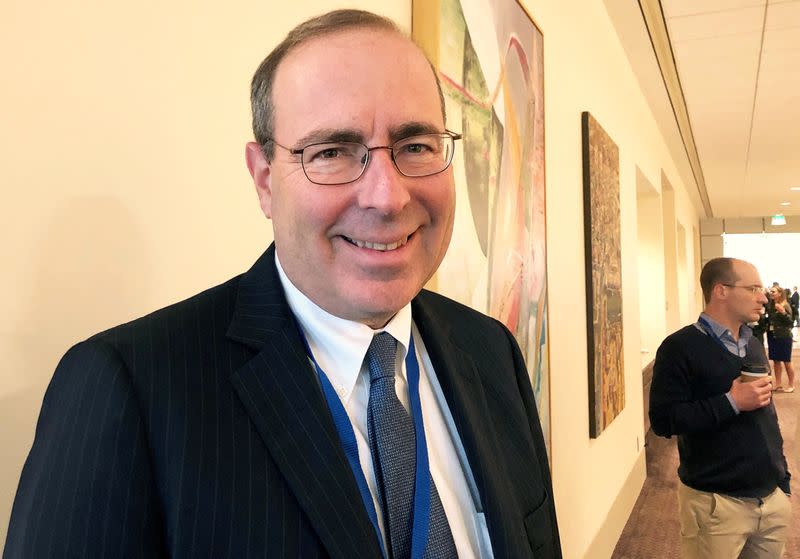Strong US data makes 'reacceleration scenario' possible, Fed's Barkin says

By Howard Schneider
DANVILLE, Virginia (Reuters) - The Federal Reserve must be open to the possibility that the economy will begin to reaccelerate rather than slow, with potential implications for the U.S. central bank's inflation fight, Richmond Fed President Thomas Barkin said on Tuesday.
U.S. retail sales were stronger than expected in July, and with consumer confidence also rising "the reacceleration scenario has come onto the table in a way that it really wasn't three or four months ago," Barkin said in an interview with Reuters.
That includes a possibility "that inflation stays high and the economy strengthens," Barkin said. "If I got convinced that inflation was remaining high and demand was giving no signal that inflation was going to come down, that would make the case" for further tightening of monetary policy through higher interest rates.
Retail sales rose 0.7% in July, far more than expected, and the economy grew at a 2.4% annualized rate in the second quarter, well above the level Fed officials feel would allow inflation to cool.
Barkin said the possibility of a strengthening economy meant a broader "playing field" of possibilities beyond the Fed's recent discussion of whether the economy might slide into a recession or achieve the so-called "soft landing" in which inflation slows without a downturn.
He said he would not prejudge what the central bank should do at its meeting next month, when it is widely expected to leave its benchmark overnight interest rate unchanged in the current 5.25%-5.50% range. Inflation has declined in recent months, though it remains well above the Fed's 2% target, and there is data still to come on jobs and prices that could influence the outcome of the next policy session.
Officials are also discussing the degree to which the economy has fully absorbed the aggressive rate hikes delivered by the Fed since it began its monetary tightening campaign in March of 2022. Since the last policy meeting in July, for example, the yields on long-term and 2-year U.S. Treasuries have risen sharply, raising borrowing costs for households and businesses.
Barkin said there was nothing in the recent market movements which caused him to think financial conditions were tightening too quickly or in ways that were concerning.
"It doesn't strike me that having a 10-year rate over 4 (percent) is somehow wildly inappropriate," given the Fed's current policy rate, Barkin said. Rates seem to be increasing "as best I can tell with the strength of the economic data ... If consumer spending and retail sales continue to be that strong ... it's probably appropriate."
(Reporting by Howard Schneider; Editing by Paul Simao)

 Yahoo Finance
Yahoo Finance 